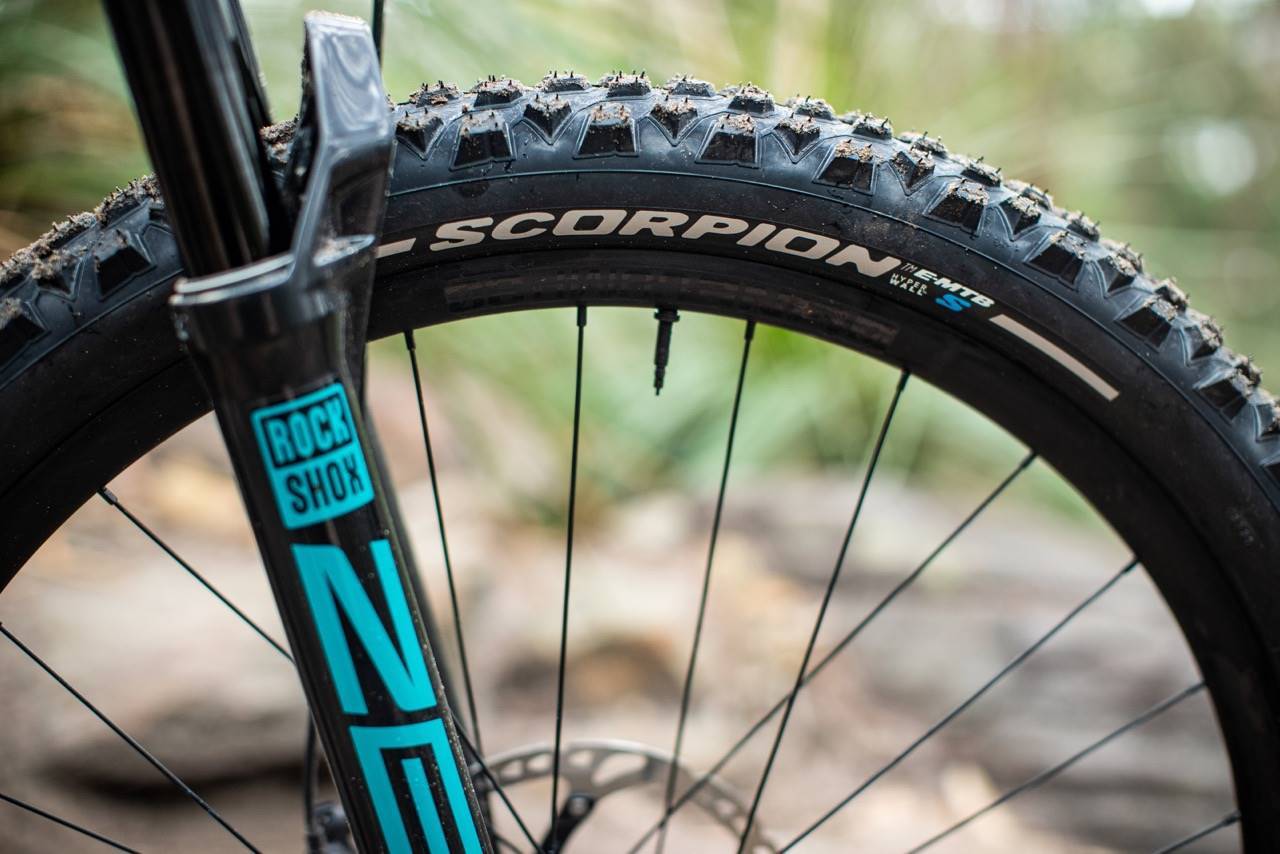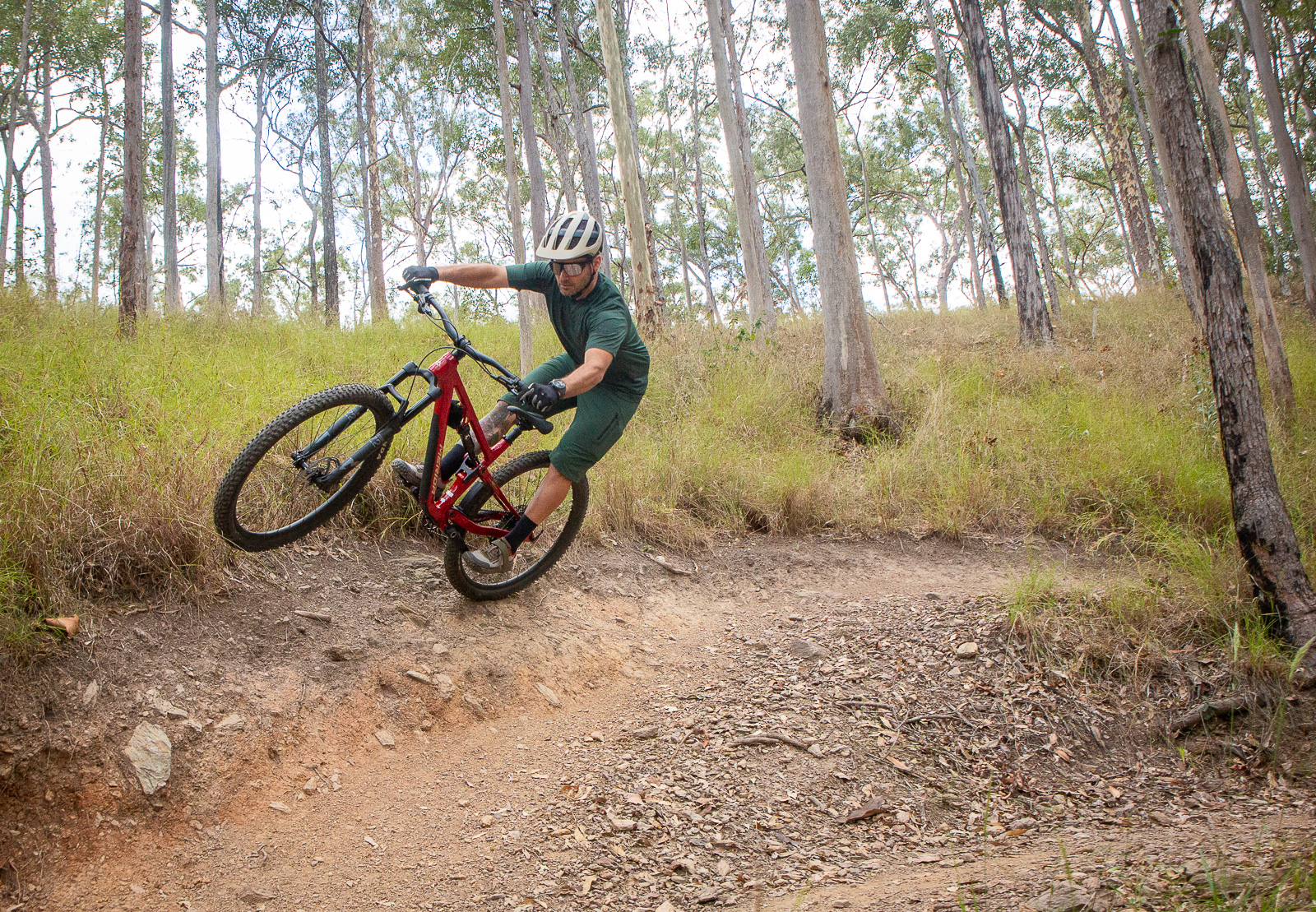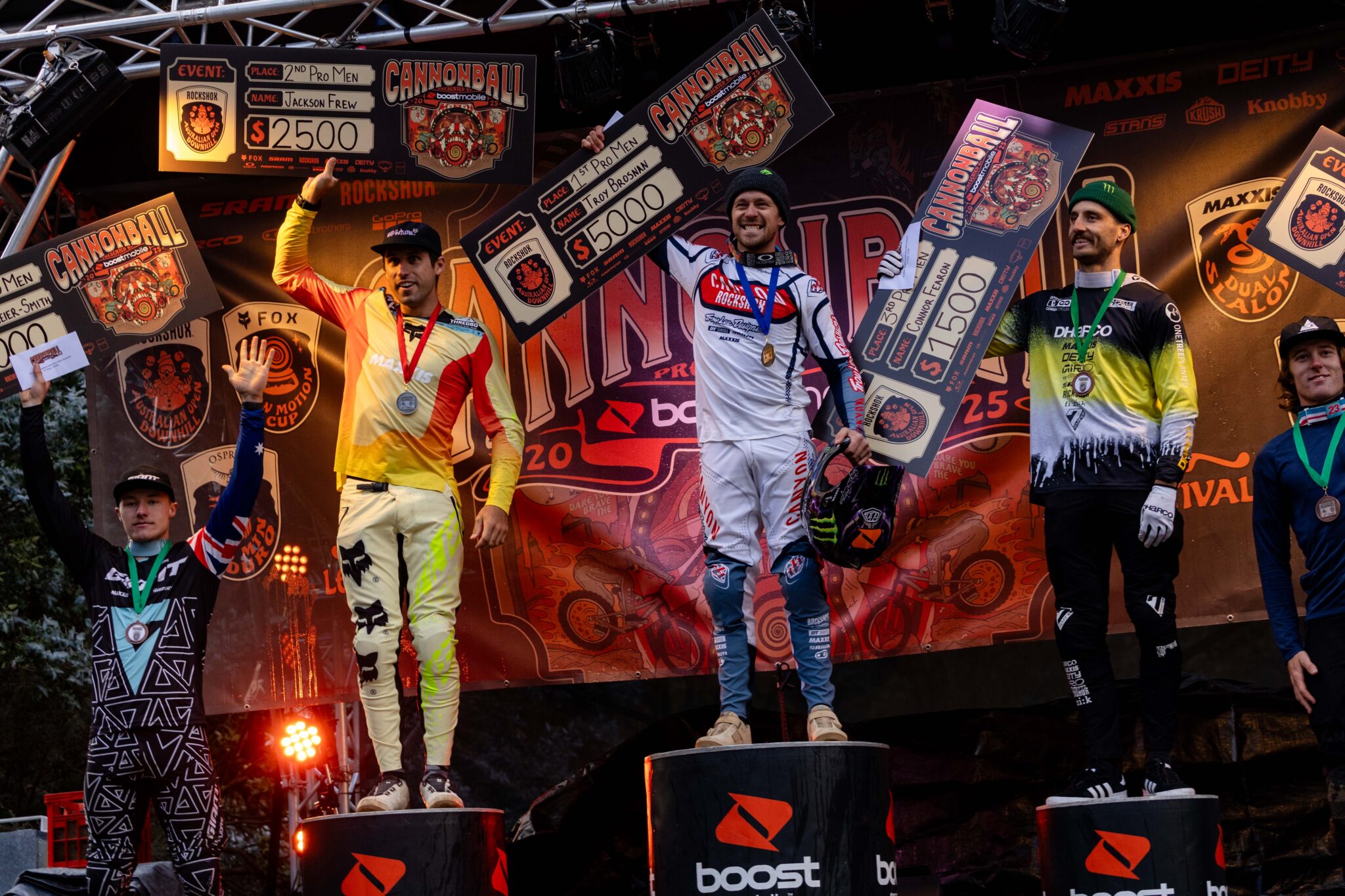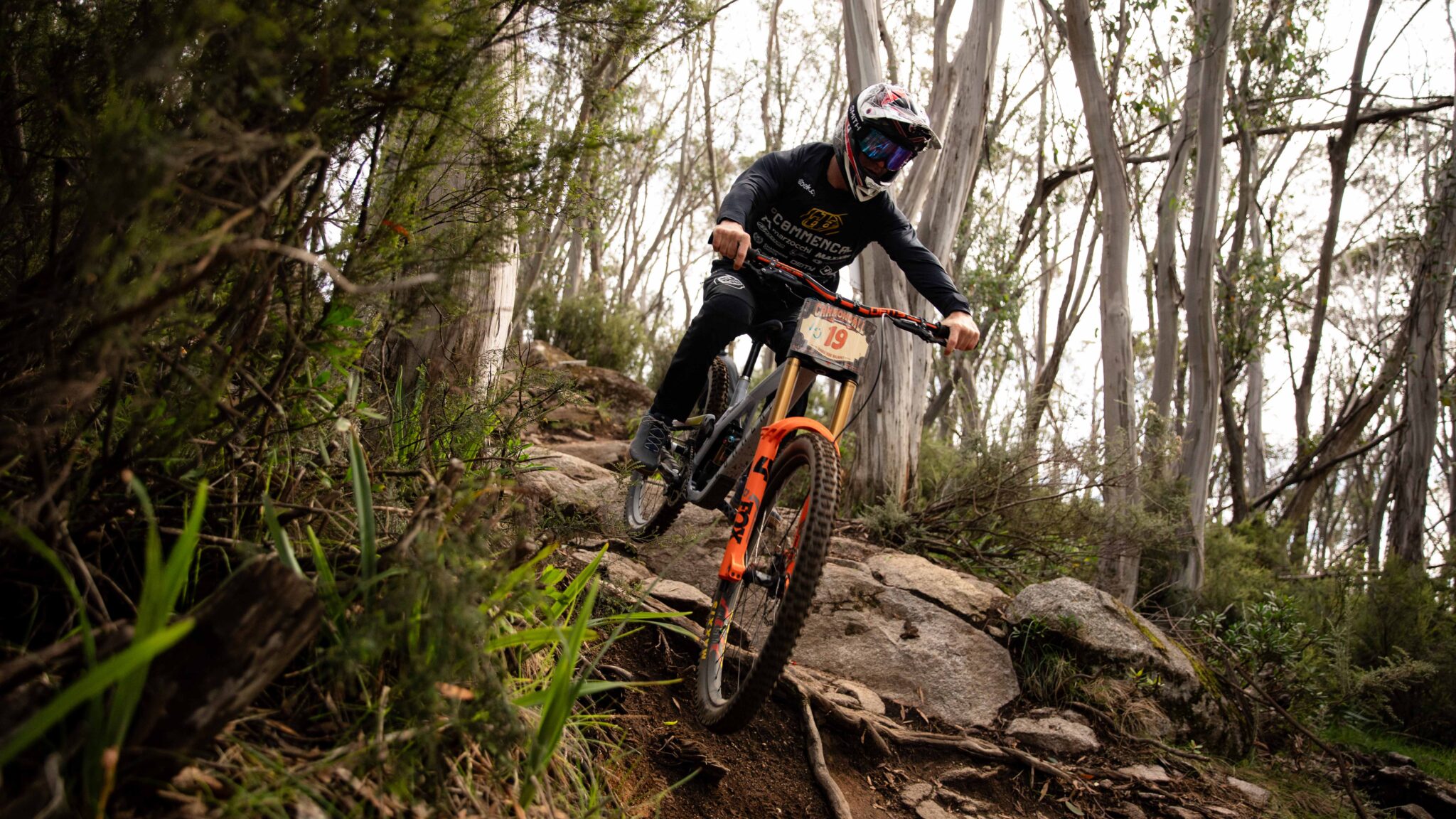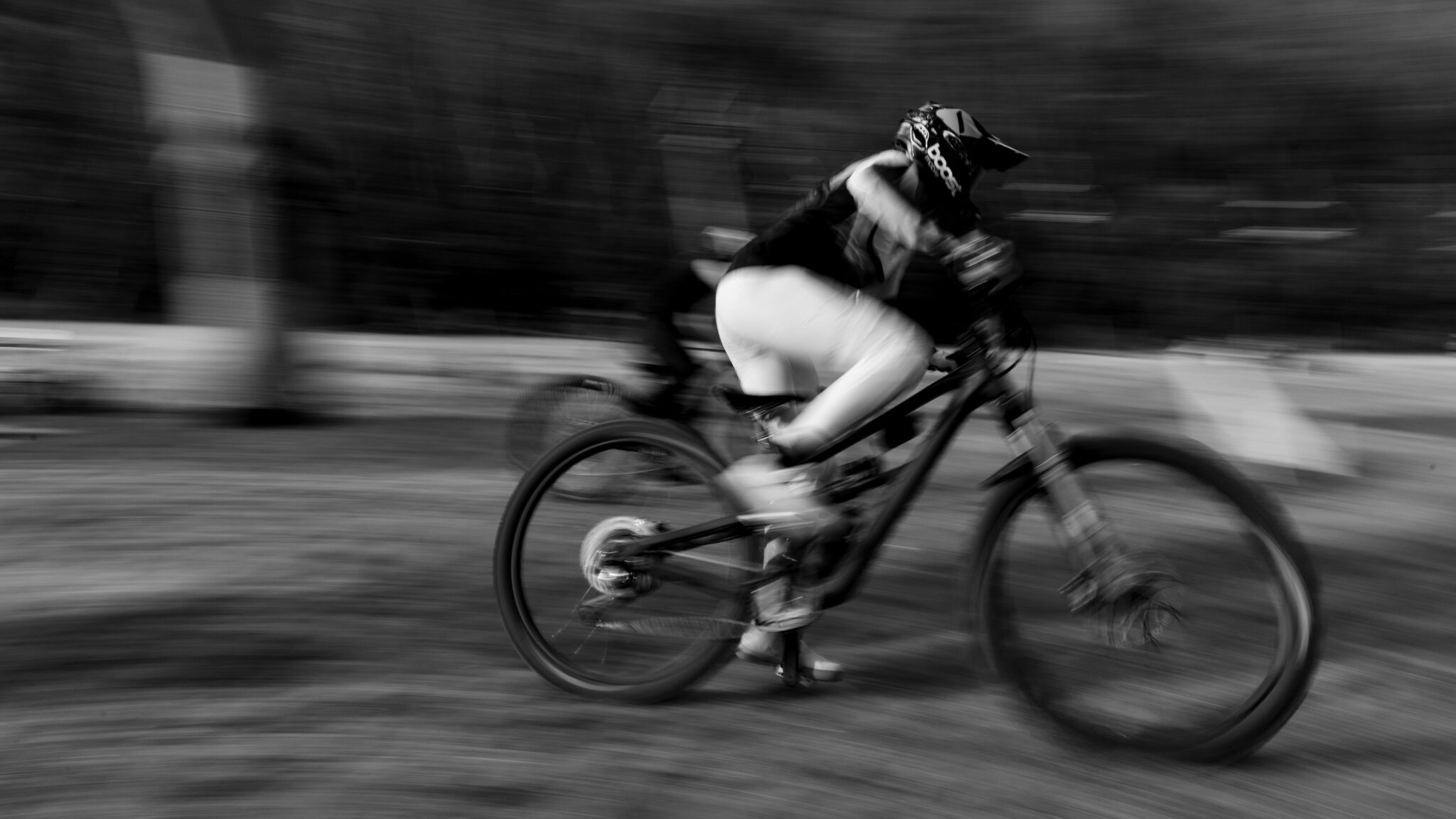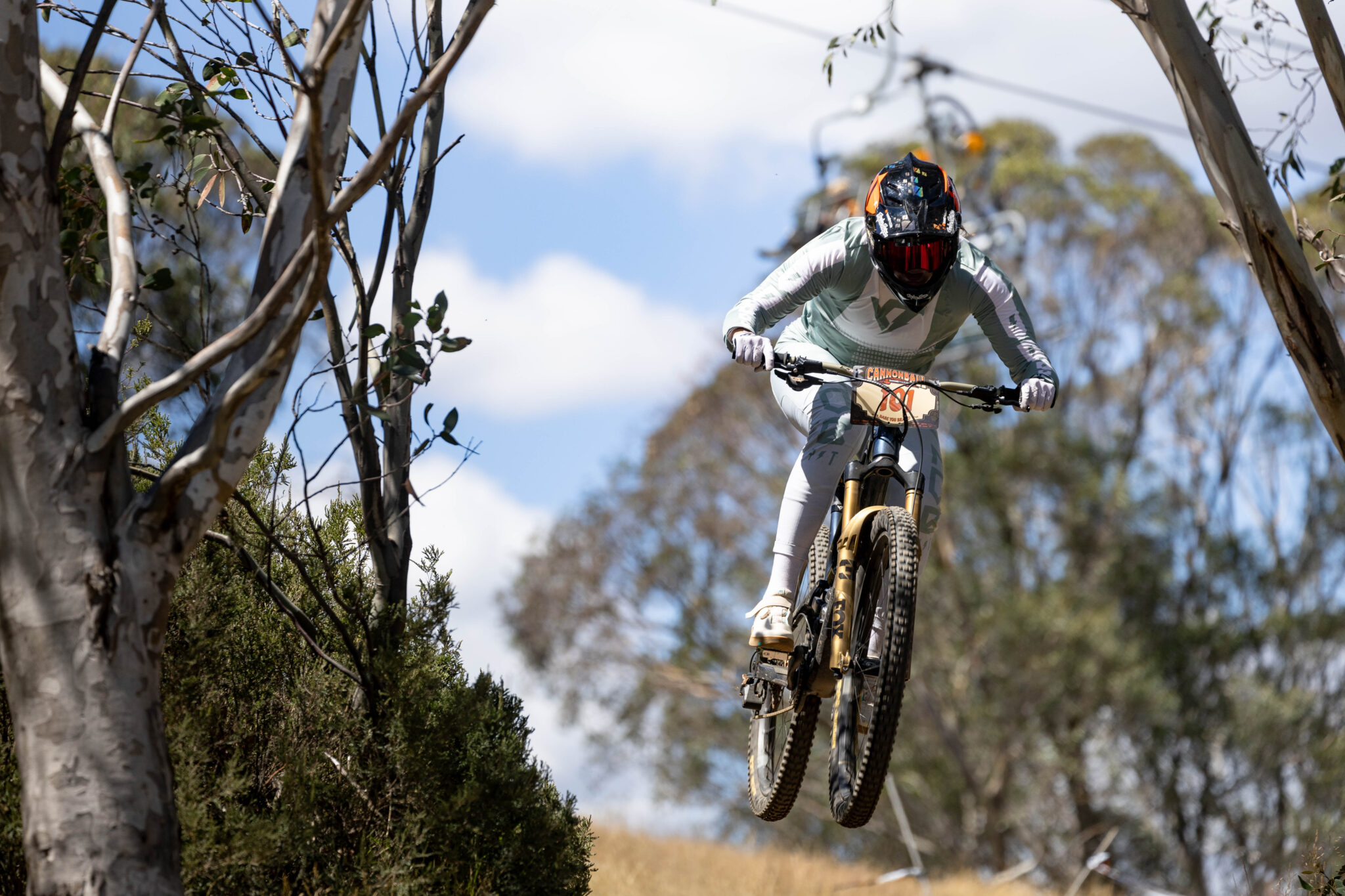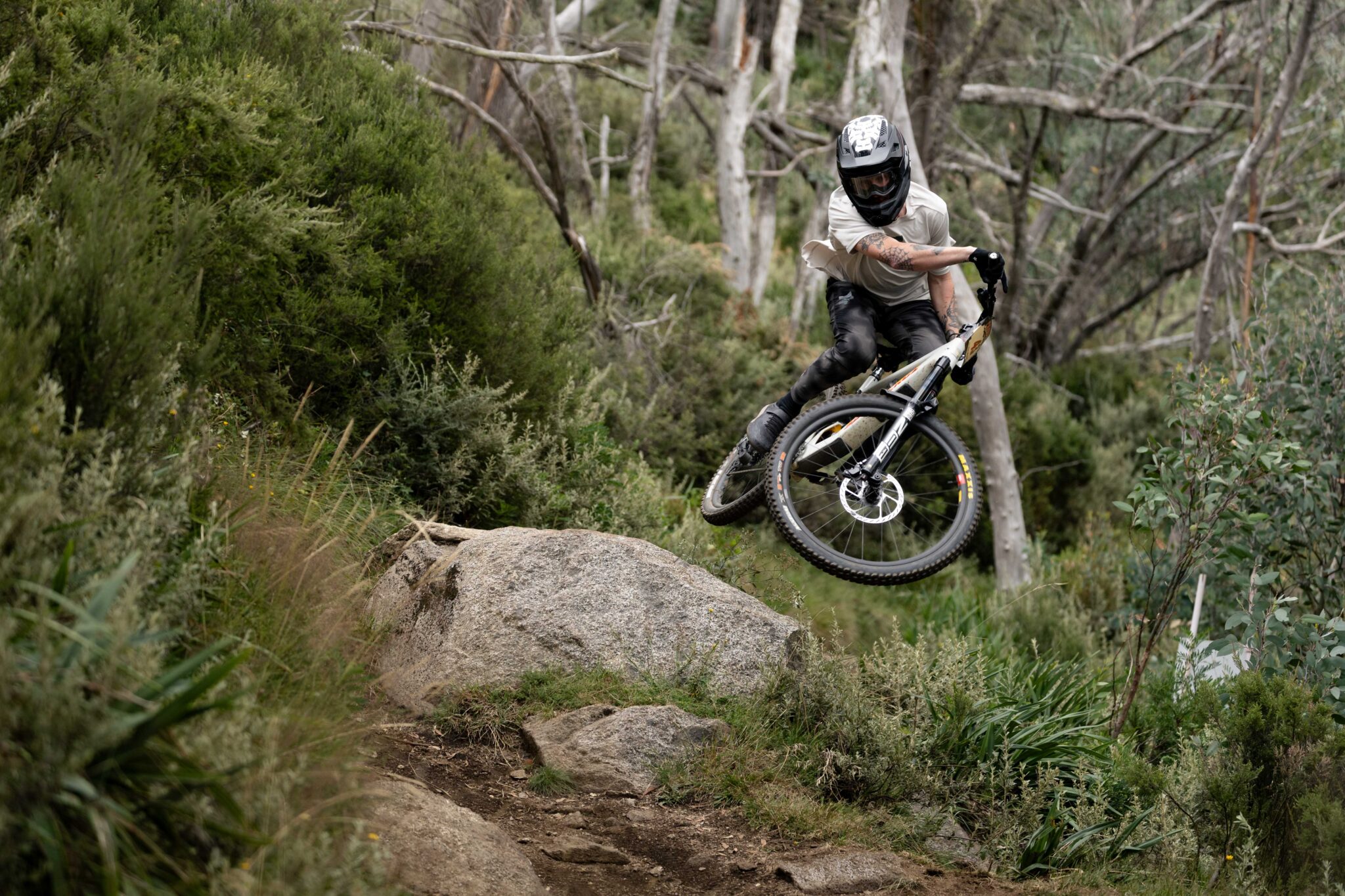TESTED: Pirelli Scorpion eMTB tyres
Pirelli have brought their motorsport experience and rubber know how to eMTB tyres with the Scorpion eMTB models.
We’ve had our hands on a few Pirelli Scorpion tyres of late, and their eMTB range is the latest rubber to land on our desk. If you’re after an introduction to Pirelli’s range and ethos when it comes to tyres, check out our in depth look into Pirelli’s Trail and Enduro offerings here.
Pirelli’s eMTB range features the same principles as the Trail and Enduro ranges in terms of tread patterns and using a single compound for each tyre. The options, however, are more limited. The eMTB range consists of a soft conditions tyre (S), mixed conditions tyre (M), and a rear specific tyre (R). All tyres come solely in a 2.6” size in both 27.5” and 29” options.
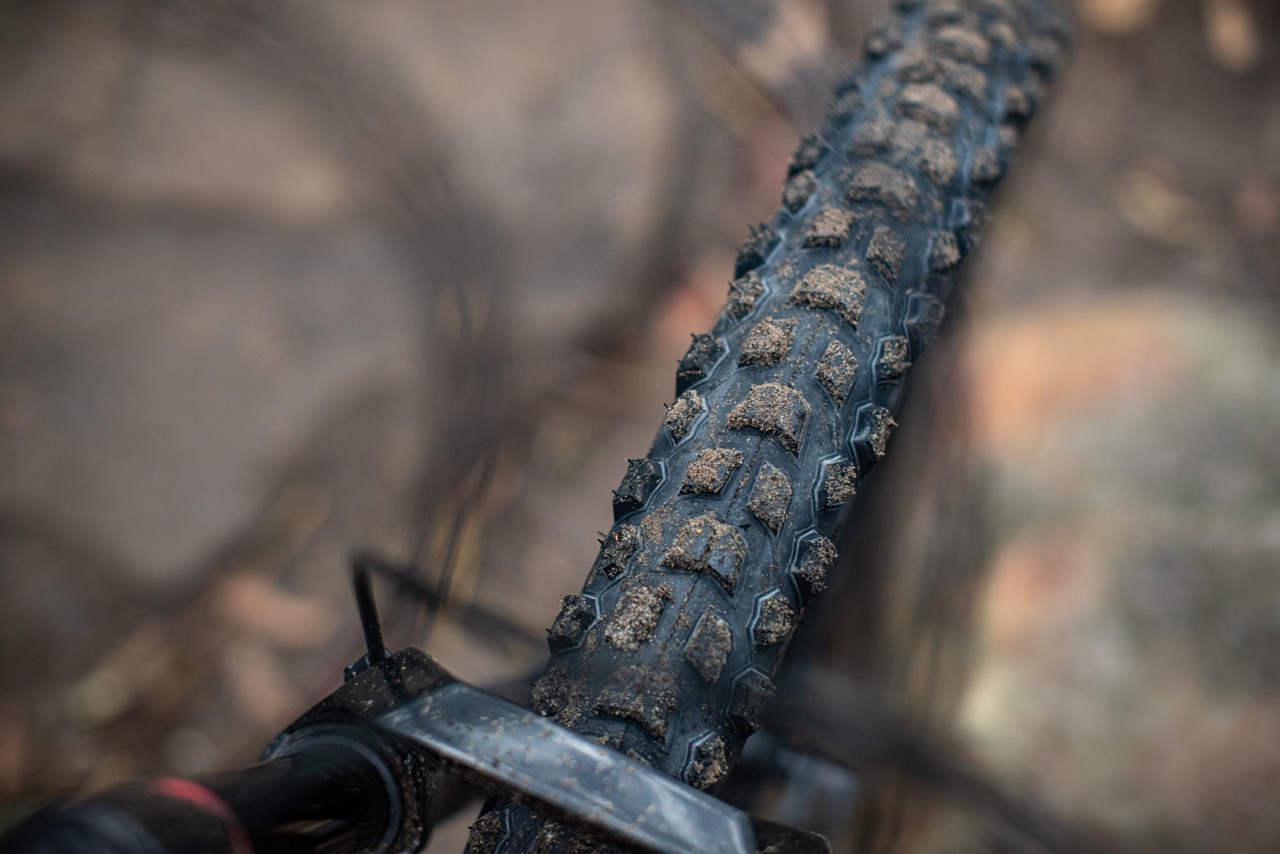
Out of the packaging, the eMTB tyres are impressively stiff and the construction quality is top notch. This stiffness can be attributed to Pirelli’s ‘HyperWALL’ sidewall. HyperWALL is about as extensive as it gets, with around 30mm of inserted protection up the sidewall, on top of bead-to-bead nylon protection above the 60tpi casing. This protection does fatten up the tyres, with the M and R coming in at 1270 grams, and the S at 1330 grams. All of the tyres tested were in the 29 x 2.6” size.
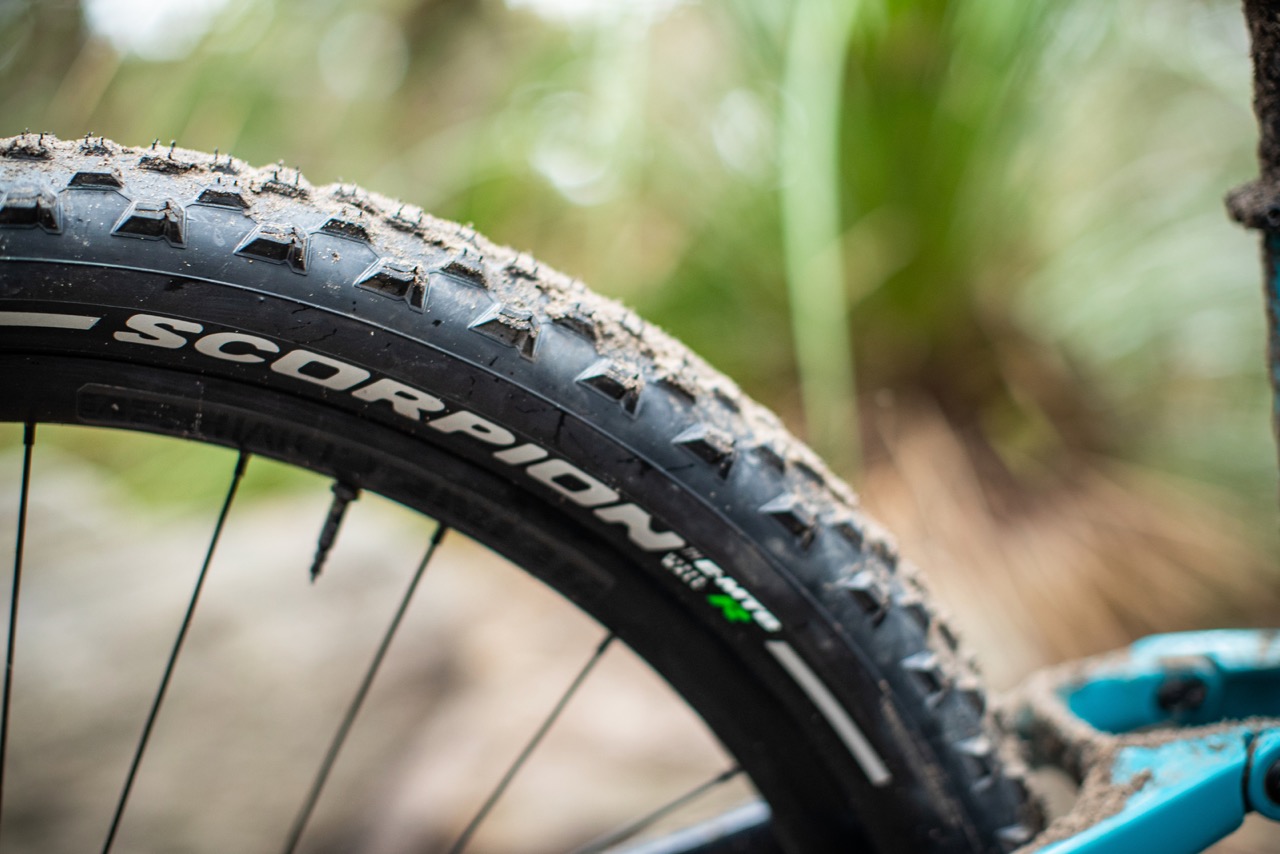
Initially, we mounted the soft tyre to the front and rear specific to the rear of our Trek Rail 9.8 XT. Pressure wise, we began with the same pressures we’d been running with the Bontrager SE5 tyres that came on the Trek (24psi front, 28psi rear).
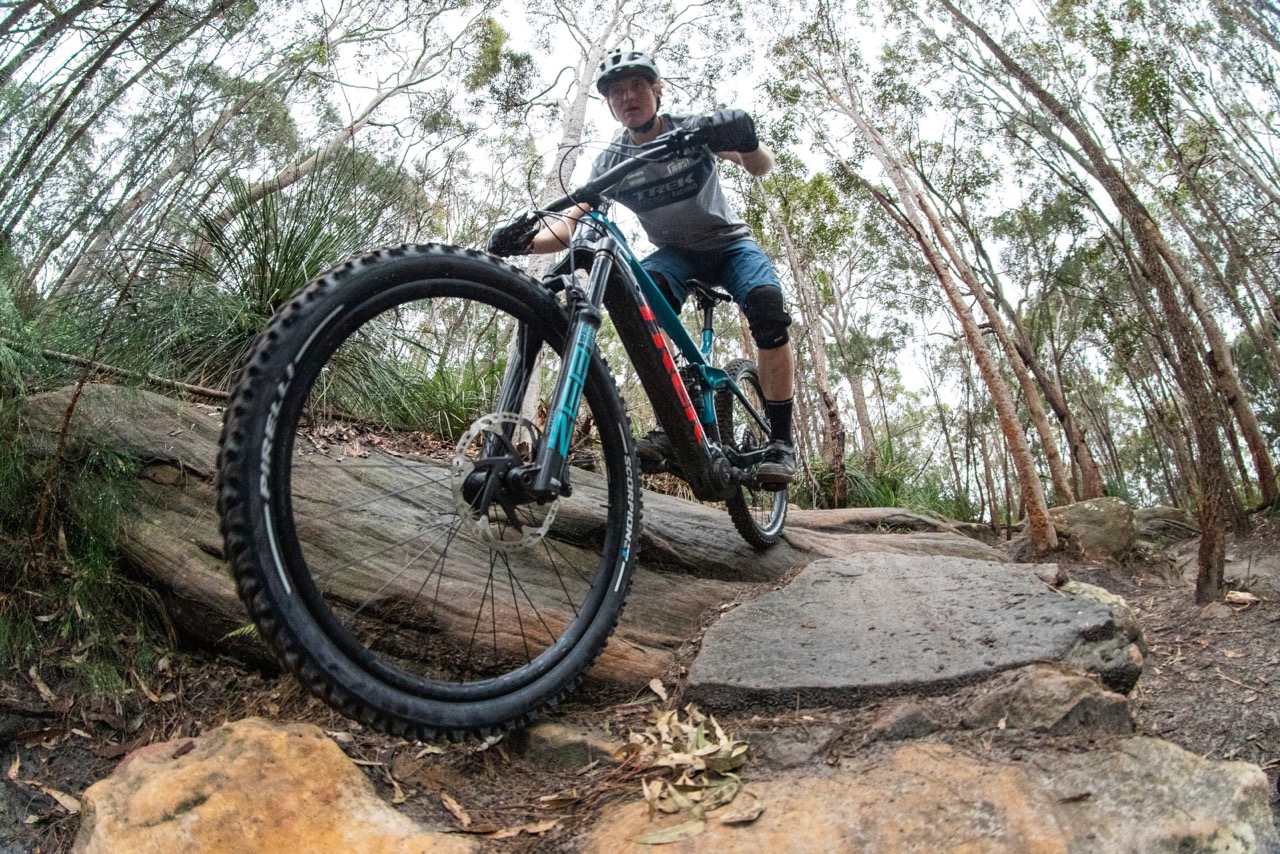
By midway through the ride we’d dropped the pressures significantly. The tyres' stiff casings provide better grip and comfort at lower pressures, and we’ve settled at around 21 psi in the front and 24/25psi in the rear. If we were riding our own wheels and wanted more traction and comfort, we could go even lower on the rear. But braking wheels on test bikes is always worth avoiding!
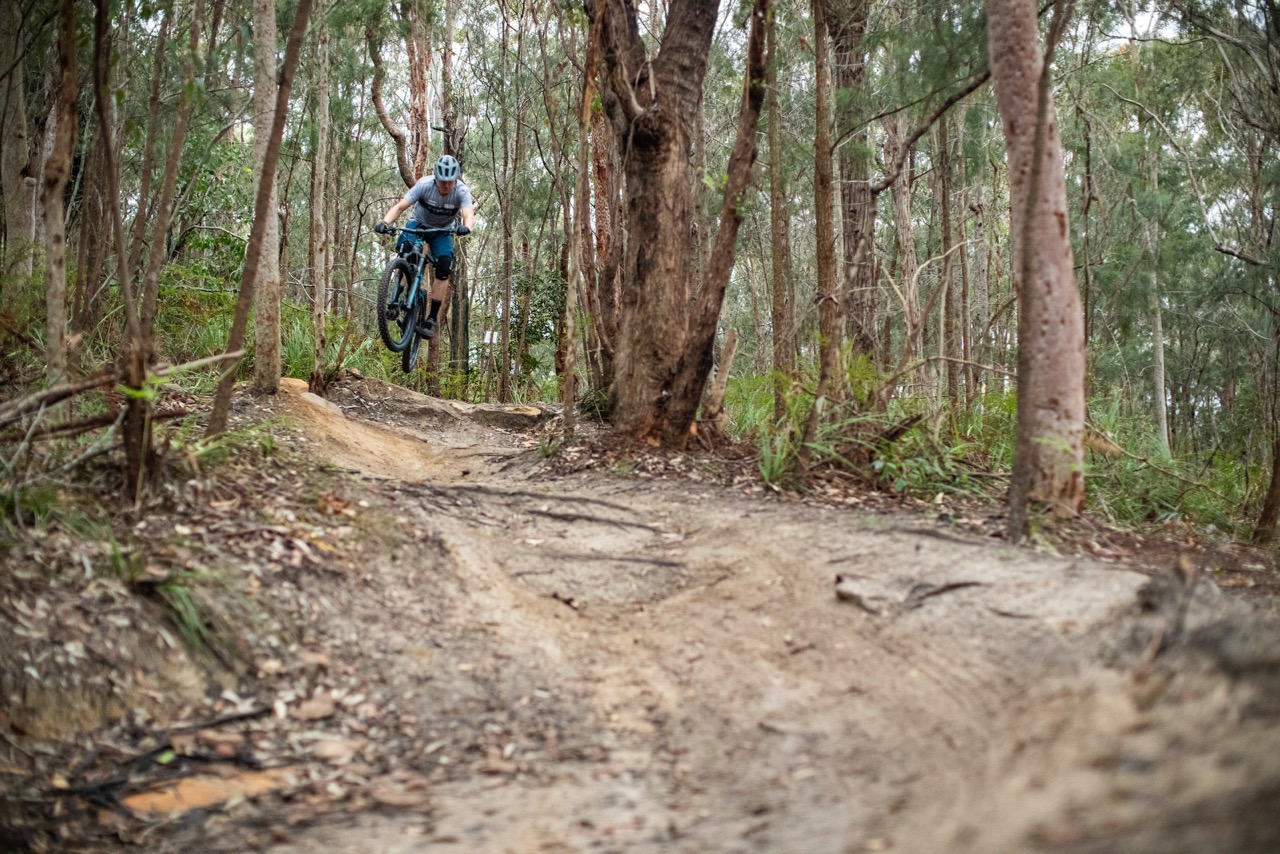
These pressures are significantly lower than we’ve run previously on eMTBs without tyre inserts. Despite this, the tyres weren’t burping, rolling or allowing rim impacts. We didn’t experience one rim impact throughout testing, so these tyres could be a great option if you’re an aggressive rider that’s not keen on running tyre inserts.
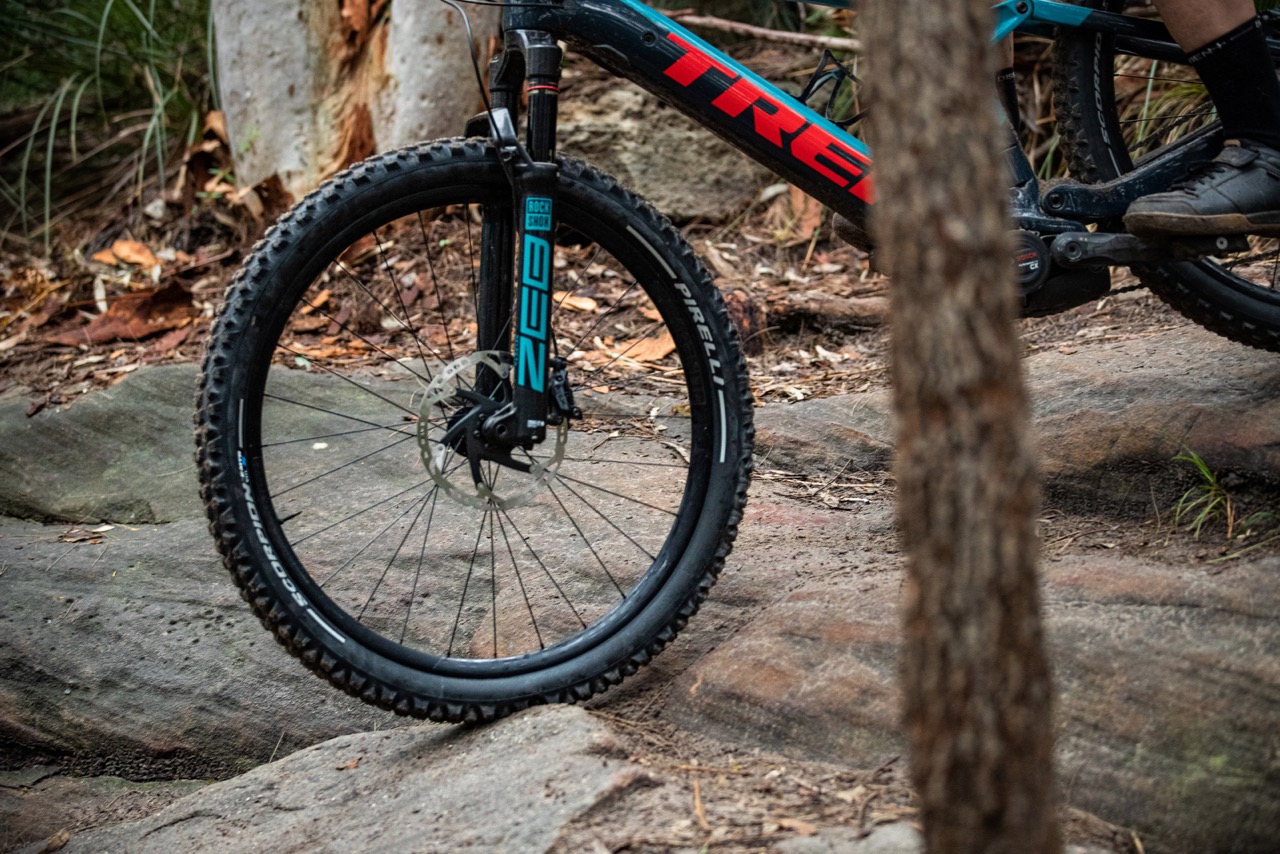
All of the tyres come in a single compound, which Pirelli call SmartGRIP+. The + element to the eMTB tyres is the addition of Lignin. Lignin is a chemical component that’s added to the eMTB tyres to increase the durability of the tyre without compromising grip. Sounds good to us!
Grip wise, the tyres are consistent performers. Whilst the soft is optimised for soft conditions, the tyre didn’t feel like it was squirming over the many rocks on Northern Sydney trails, as well as hardpack trail. In muddy and sandy sections, the soft came into its own. The open tread pattern sheds mud and gunk quickly and has plenty of bite. In deep sand, loam or mud we’d love to try out a soft front and rear.
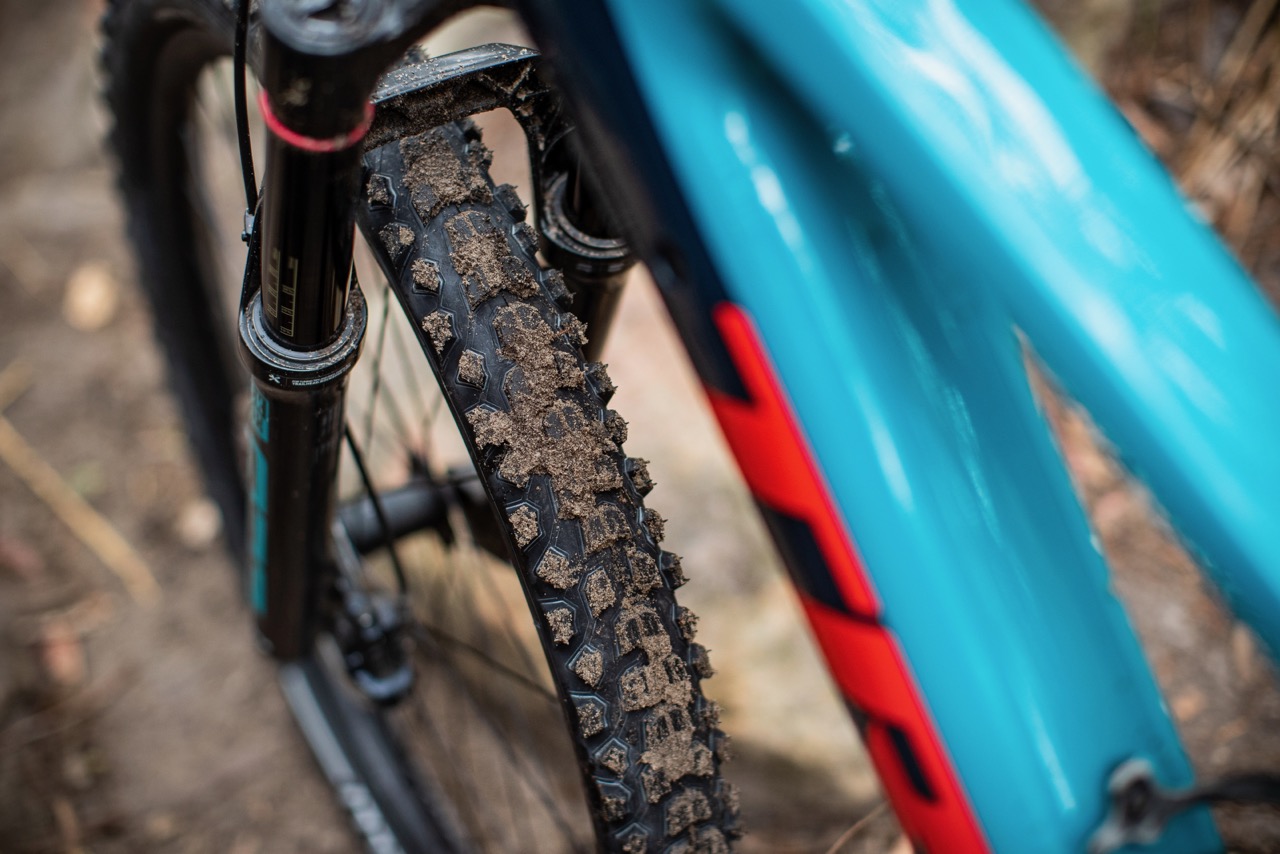
The rear specific tyre knobs feel quite hard and combined with the stiff sidewall we were concerned about traction heading out for our first ride. The rear specific isn’t as grippy as something like a Maxxis Minion DHR II in a 3C compound, but its cornering and braking are predictable in a variety of conditions.
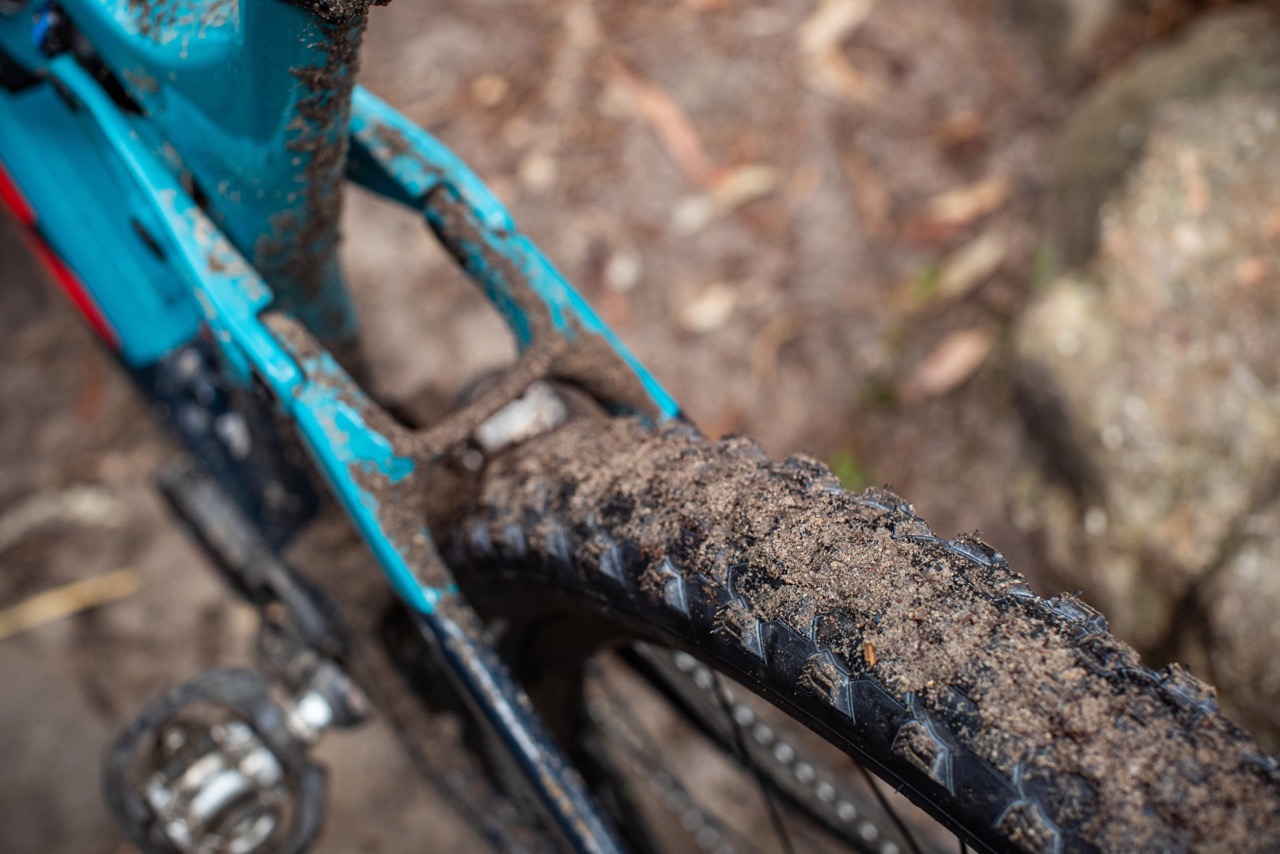
Whilst rear specific isn’t the grippiest tyre out there, a big tick in the Pirelli box is the wear rate. Despite having good braking and cornering performance, the tyre isn’t showing a great deal of wear after around 150km of mainly gravity focussed riding. This is very impressive on an eMTB, as you can chew through rear tyres far quicker than on a regular bike.
We used the mixed conditions tyre on both the front and rear. On the front, the tyre is a great all-rounder. The good coverage of knobs allows the tyre to transition onto the cornering knobs fluidly, and braking traction is also predictable. The mixed conditions tyre on the front excels in harder conditions and was fantastic on Sydney’s rocky trails until faced with deeper sand or mud. If you’re regularly riding steeper trails with looser trail surfaces, the soft might be a more confidence inspiring option up front.
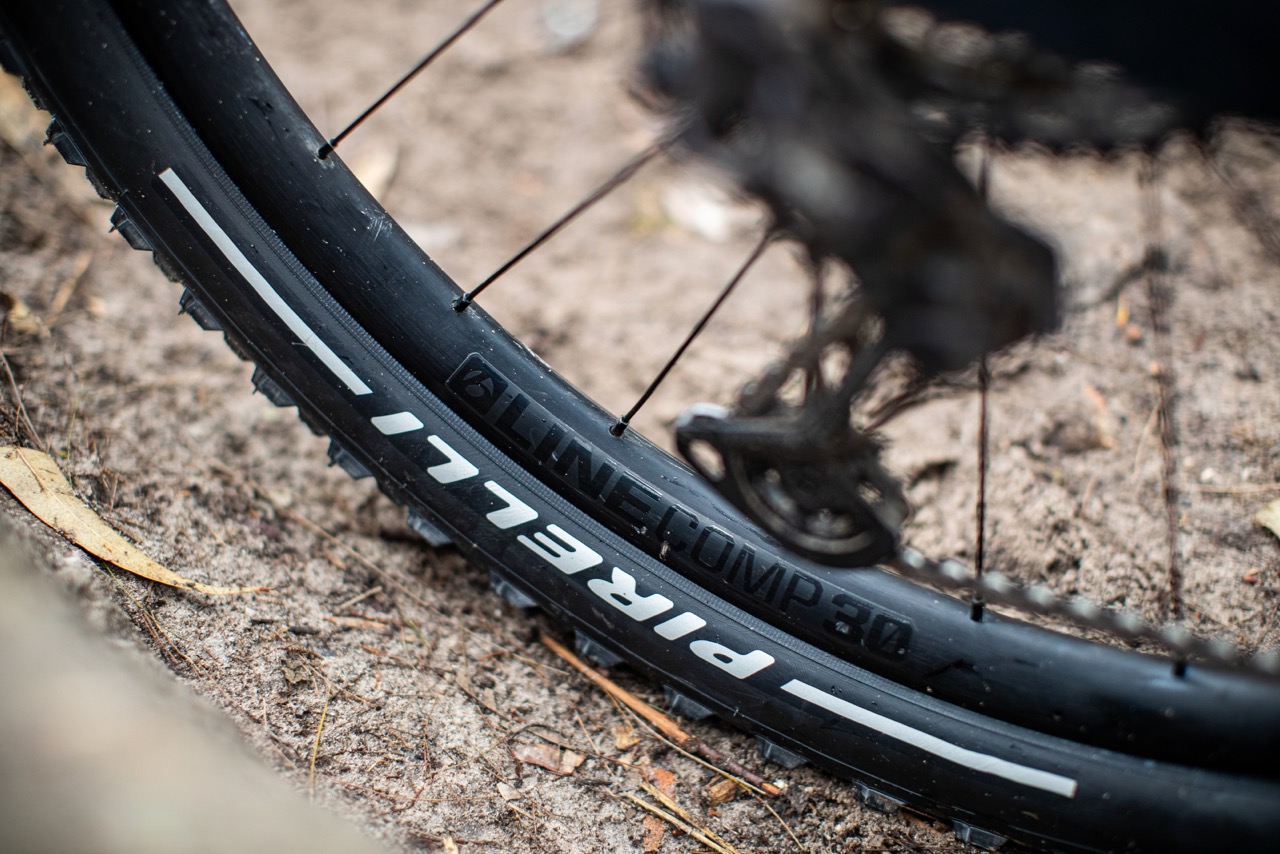
On the rear we felt the mixed condition tyre rolled faster than the rear specific and had the same impressively slow wear rate. Braking felt similar in most conditions, although in steeper and looser terrain our favourite combo was the soft on the front and the rear specific in the rear. If you’re going for all out speed, the mixed both front and rear is the way to go.
If you don’t need the support of the HyperWALL sidewall, Pirelli’s Enduro tyres are rated for eMTB use. With less sidewall protection they could be a better option if you’re after a lighter and suppler tyre. On the flip side, we’d consider running the eMTB tyres on a regular bike if our sole aim was charging down the roughest descents. There’s no doubt Pirelli’s eMTB tyres are heavy, but the lack of tyre roll and rim strikes at low pressures means you mightn’t need to factor tyre inserts into the equation.
One thing we’d love to see is another option in between the mixed and soft tyres. Something that’s more aggressive than the mixed but not quite as aggressive as the soft would strike a good middle ground for many riders. This being said, the current range caters to most conditions in a simple to understand fashion.
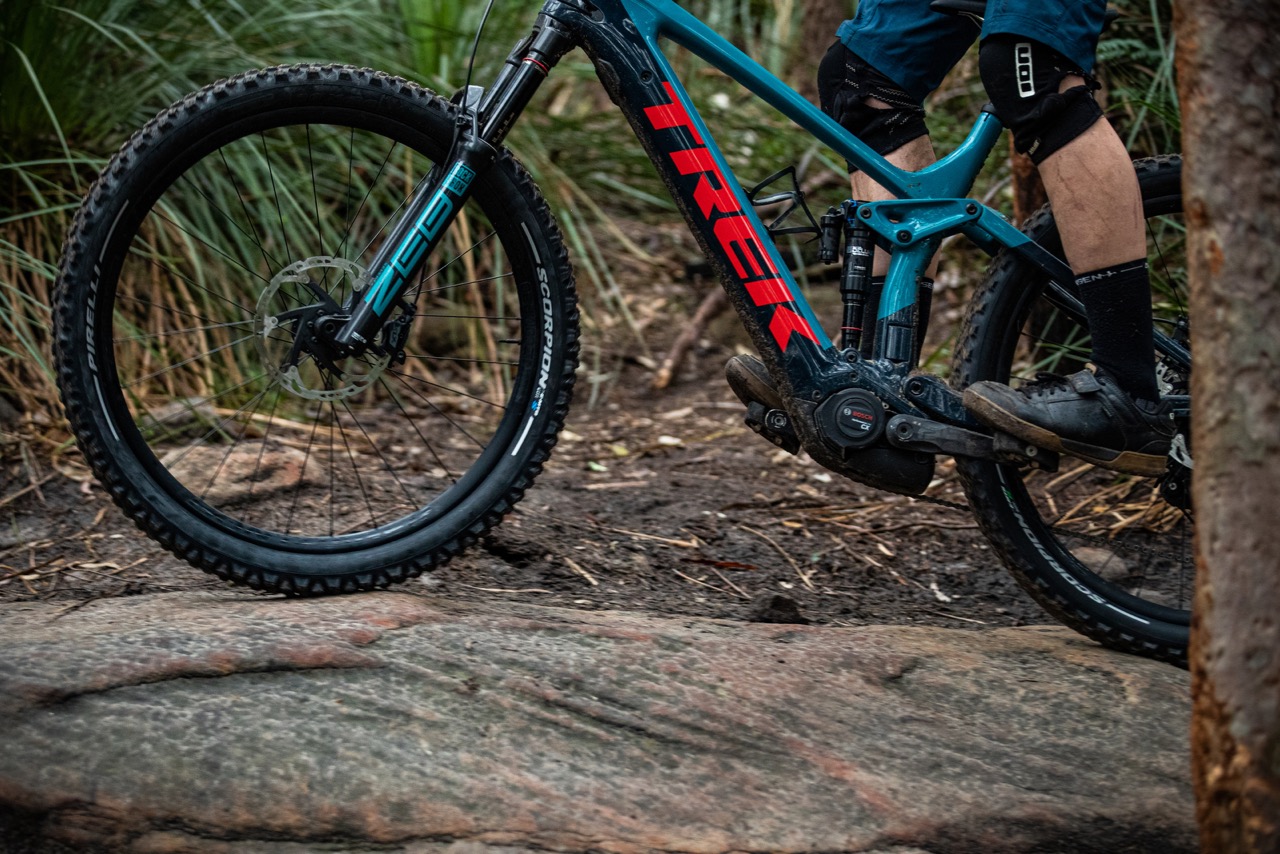
Overall, we’re very impressed with the eMTB range from Pirelli. The range is priced at $124.99, which is definitely in the premium price range. When you consider the quality construction, predictable ride quality and peace of mind they offer however, we think the Pirelli eMTB range is a great option.
From: FE Sports

